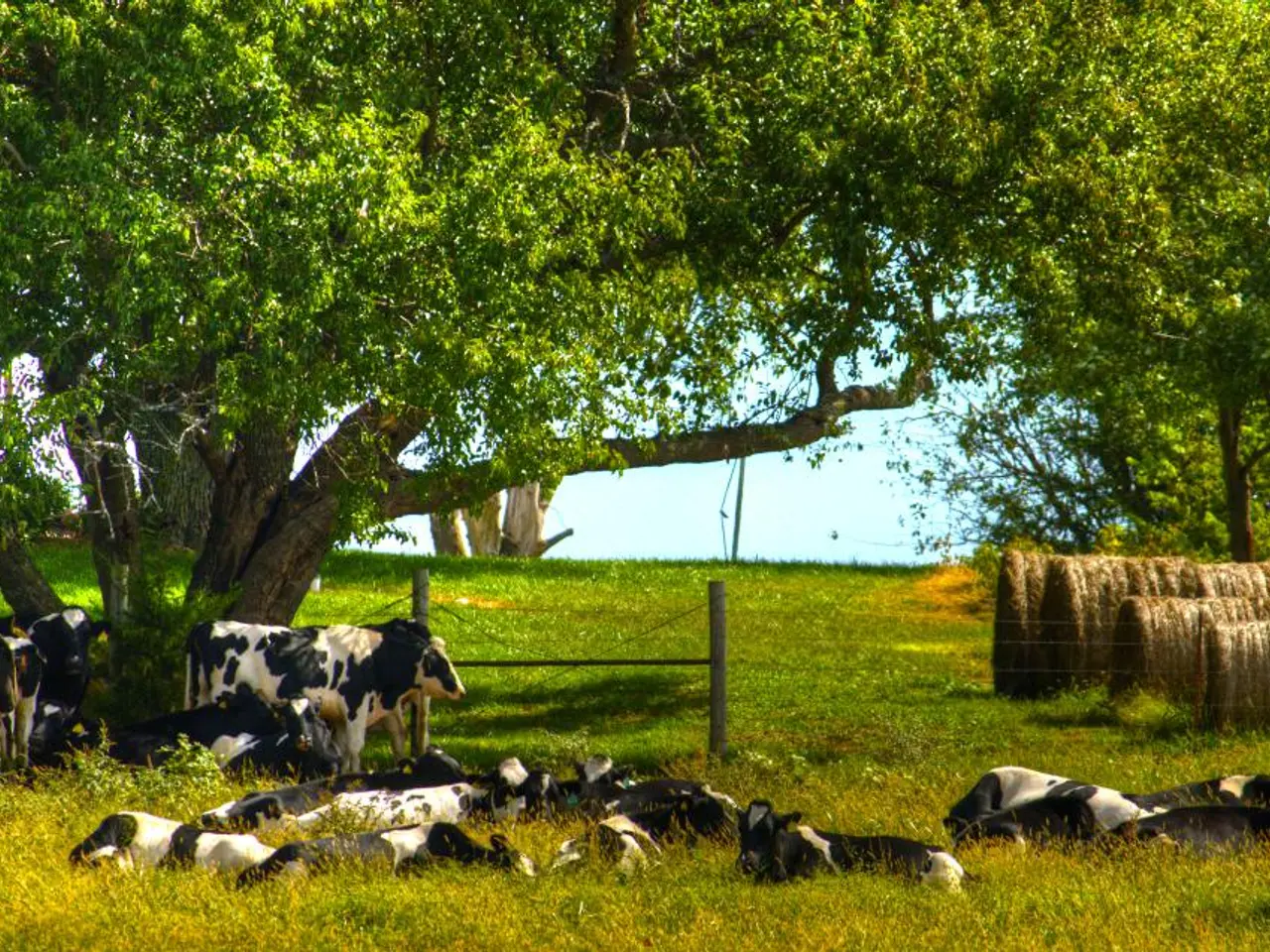Scarce and costly feed due to immature Silomais harvest
The European Crop Monitoring Service (MARS) has predicted that the maize harvest quantity in Germany for 2022 will be lower compared to last year, primarily due to adverse weather conditions impacting crop yields.
The current drought conditions have led many corn stocks, especially on light soils, to dry out. This may necessitate the use of additional silage additives during the maize silage process.
Experts warn that the drought and heat have caused a yield loss of almost 20 percent in corn. As a result, the harvest quantity of corn is expected to be around 78 million tons, which would be the smallest harvest since the drought year 2018.
In parts of Franconia, the harvest of silage corn has already begun in early August, which is exceptionally early. Monitoring the maturity of silage maize and chopping it earlier may help avoid losses during silo filling.
In some cases, it may be necessary to chop silage maize before reaching optimal maturity due to the current drought conditions. High proportions of dry leaves, stalks, and husks in the chopped maize material can prevent sufficient compacting.
If the cobs have not formed in the corn plants, experts from the Association for Information System Integrated Plant Production (ISIP) recommend a harvest at 26 to 28% TS to avoid losses during silo filling.
The situation has deteriorated further in the last two weeks. Ensilability issues in the current maize harvest may lead to a feed crisis for livestock farmers.
Warmed harvest material exhibits a different fermentation pattern, according to experts. The European Union's Crop Monitoring Agency had already significantly reduced the estimated yields for green or silage corn at the end of July.
Corn is an important supplement to protein-rich grassland growth in cattle feed due to its starch content. However, farmers are likely to face major problems with corn and meadows and pastures this year due to the drought.
MARS had estimated the potential German silage corn yields at the end of July at 38.6 tons per hectare, which would be 18 percent or about 9 tons less than in 2021.
Thunderstorms that started this week in some regions often come too late to help the corn plants. Herds with high proportions of dead leaves and stalks should be closely monitored.
The current corn harvest in Germany is expected to be as bad as in the drought year 2018, according to the European Crop Monitoring Agency MARS.








